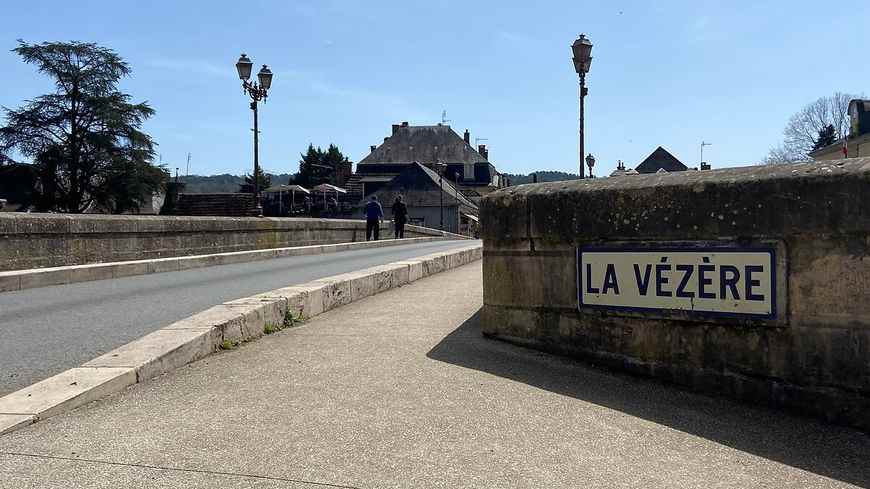In the Vézère valley in the Dordogne, elected officials see red as the new area of flood risk prevention plans (PPRI), set up since July 25. This area which concerns 16 towns in Périgord Noir was extended due to climate change and now the historic Vézère flood of 1960 is a reference. That year, the water had risen to 8m60 in Montignac, three people died. The Dordogne prefecture announces that this change was made in consultation with several meetings organized but some elected officials do not feel that they have been fully heard.
Constructions prohibited on a larger perimeter
These new flood risk prevention plans lead to many changes in the perimeter of the red zone. A house cannot become a dwelling and a house cannot accommodate a business. A dwelling cannot be built between two already existing buildings and the land encompassed in this new red zone becomes unbuildable. The mayor of Montignac, Laurent Mathieu deplores this change: “as soon as you are in this zone, things are frozen, we can no longer change them too much. People who would like to acquire old barns of old buildings in the town centers which are made of beautiful Périgord stones, they are blocked by this PPRI”.
Elected officials ask for adjustments
This change in PPRI will prevent campsites set up on the banks of the Vézère from increasing their capacity. Gé Kusters is the manager of the Paradis campsite in Saint-Léon-sur-Vézère: “We have frozen our number of rentals on the campsite, we will be entitled to what we have that day”. The new zoning could also have consequences on municipal financesas in Saint-Léon-sur-Vézère where motorhomes could not stay, regrets Yannick Dalbavie, the mayor of the town: “today, with the new PPRI, motorhomes can no longer park during the day but also at night and this parking area currently brings in an average of 40,000 euros to the municipality”. These elected officials still hope to obtain adjustments to this plan which they consider to be oversized in relation to the risks of flooding of the Vézère.
